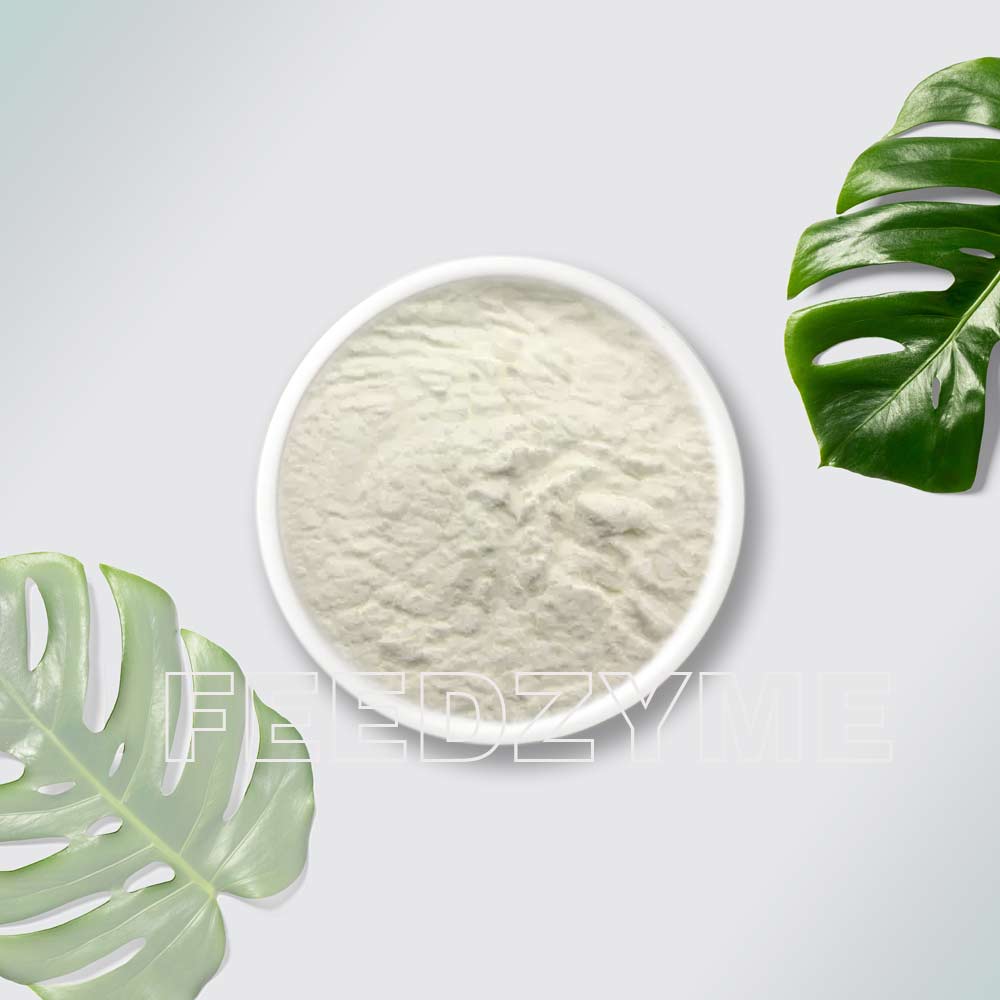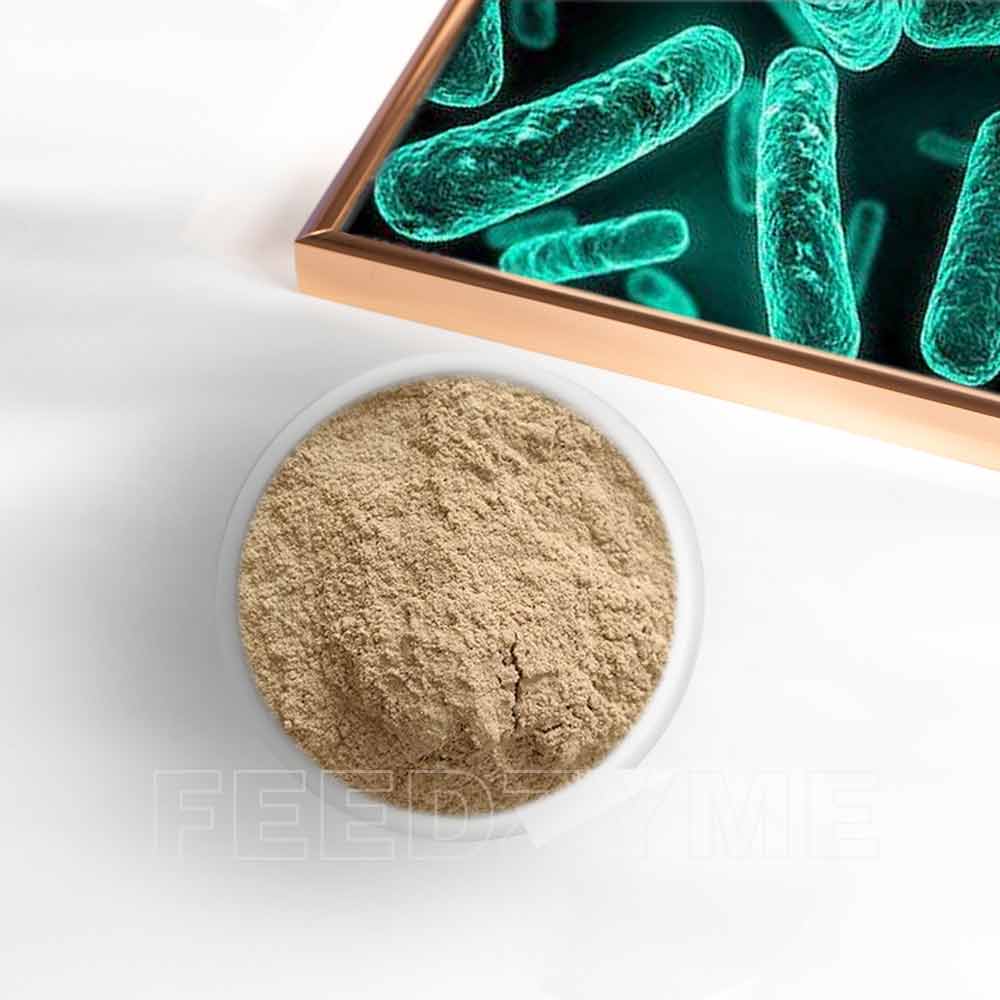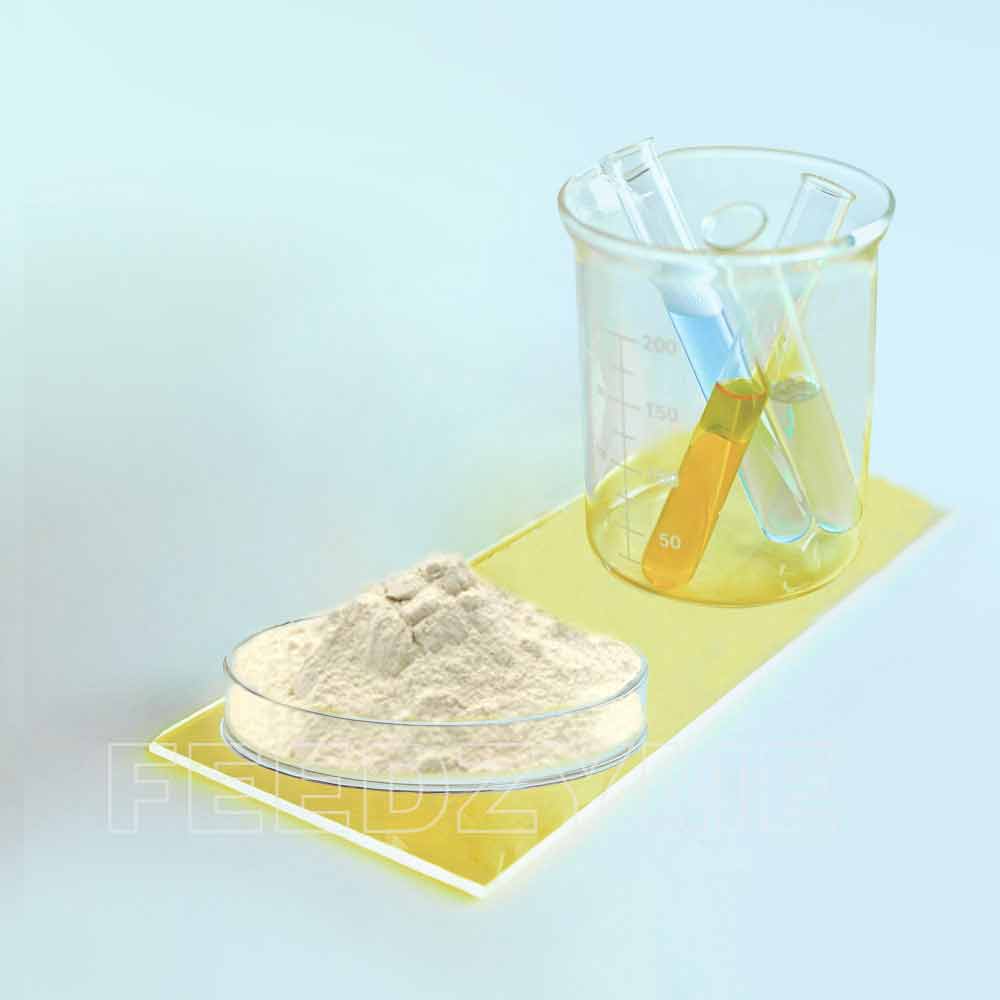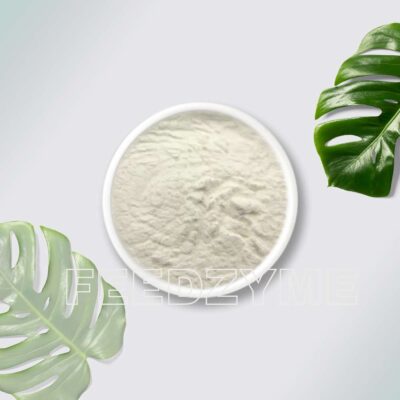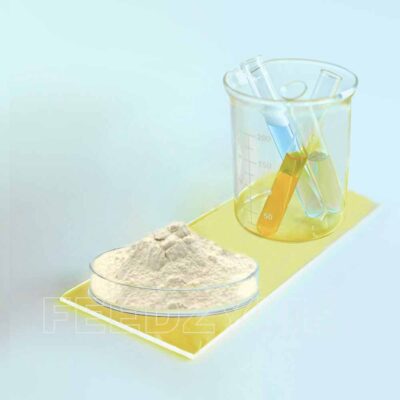Glucose Oxidase
Glucose oxidase has many applications in commercial processes, including improving the color and taste, increasing the persistence of food materials, removing the glucose from the dried egg, and eliminating the oxygen from different juices and beverages.
Categories: Food Additives, Food Enzymes
Product Description
Brief introduction
Glucose oxidase is a subset of oxidoreductase enzymes that catalyzes the transfer of electrons from an oxidant to a reductant. The enzymes use oxygen as an external electron acceptor that releases hydrogen peroxide (H2O2 ). Related Reading >>>
 Although it has several uses, the food and beverage industry and the healthcare industry are where it is most frequently used, which includes improve the color and taste, increase the persistence of food materials, remove the glucose from the dried egg, and eliminate the oxygen from different juices and beverages>>>.
Although it has several uses, the food and beverage industry and the healthcare industry are where it is most frequently used, which includes improve the color and taste, increase the persistence of food materials, remove the glucose from the dried egg, and eliminate the oxygen from different juices and beverages>>>.
Function
1. To prevent pathogenic bacteria, keep the balance of intestinal flora, improveimmunity.
2. To keep the intestinal epithelia integrated, restrain coccidia and pathogen invade.
3. To improve gastrointestinal acidic environment, promote digestion and absorption of nutrients.
4. To prevent various molds, prevent and mitigate toxin poisoning.
5. To improve feces, reduce the smell gas concentration of the barn, improve the environment.
Feature
Glucose oxidase is an aerobic dehydrogenase, which is soluble in water, insoluble in organic solvent, with stable enzyme activity. It can catalyze intestinal glucose degrade to produce gluconic acid and hydrogen peroxide under the condition of oxygen consumption. With the removal of intestinal oxygen and the accumulation of hydrogen peroxide concentration, the growth of harmful bacteria is prevented, the intestinal epithelia integrity is protected, the invasion of coccidia and pathogenic bacteria is prevented. Glucose acid that is produced play a role of acidifier in the intestine, which creates acidic environment, reduces intestinal diseases and promotes digestion and absorption of nutrients.
Specification
Appearance: white or light yellow powder
Enzyme Activity: 1,000 U/g, 10,000 U/g and higher
Usage and Dosage
80-100 g/ton evenly mixed with feed (based on 1,000U/g)
Shelf Life
At 25 ℃, solid enzyme can be stored for 12 months, the enzyme activity will not be lower than the product labeling activity within the shelf life; Below 4 ℃, it can be stored for longer time.
Storage Conditions
It is recommended to be stored in the dry and cool environment, keep from sun and rain, strictly no toxic and harmful substances mixed.









